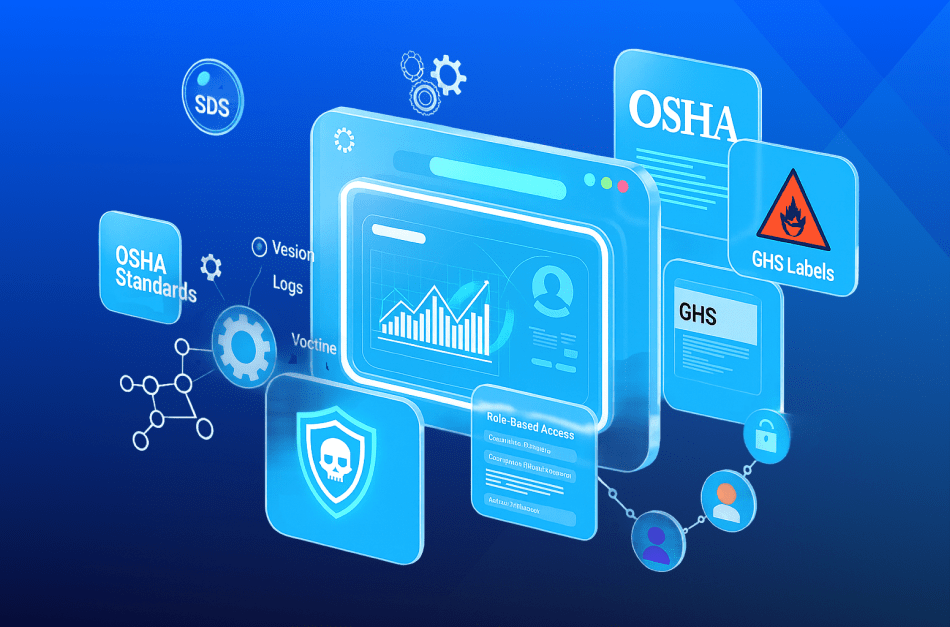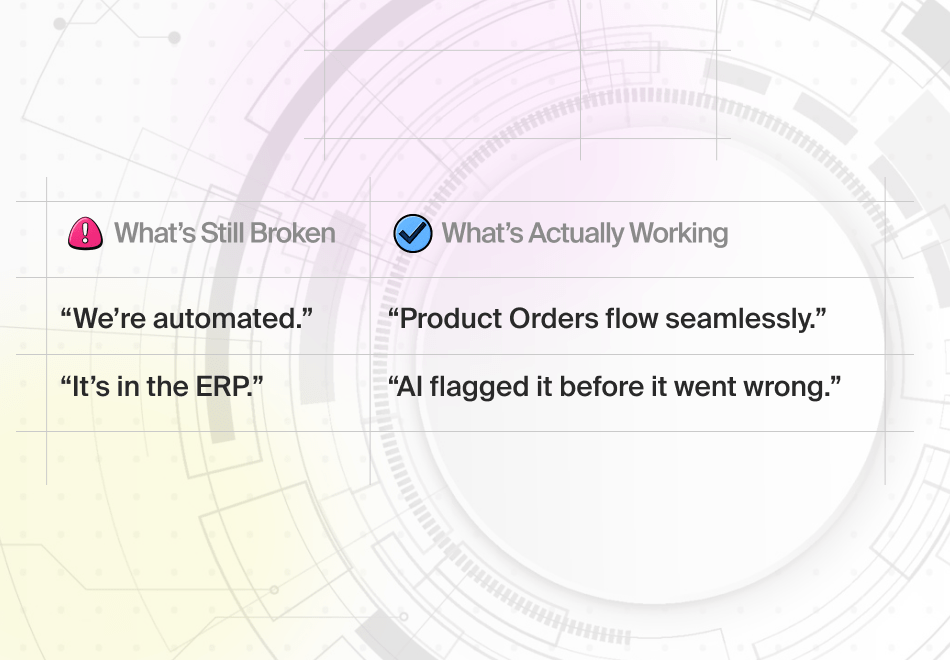At a Glance
- 53%: The percentage of IT decision makers saying ERP is an investment priority in addition to customer relationship management (CRM) products
- 50%: The number of companies that are acquiring, upgrading or planning to update ERP systems soon
- 9%: The amount the enterprise resource planning (ERP) software market grew in 2019
- 8%: The combined annual growth rate (CAGR) for ERP software worldwide in the next five years
- $49.5 billion: The total ERP market size is expected to exceed this figure by 2025
- $10 billion: The size of the North American ERP market alone
Introduction
Enterprise Resource Planning (ERP) software is one of the top priorities—if not the top priority for many manufacturing companies. Depending on the specific product or package, ERPs can do everything from helping track inventory to providing insights into new markets.
One area where ERPs excel is in handling large volumes of data. Before adding Internet of Things (IoT) sensors and devices, some chief executive officers may have thought they were dealing with many bytes and bits. Until IOT was introduced, this group had only seen the tip of the iceberg.
- 79.4 Zettabytes (one zettabyte equals 1 trillion gigabytes or approximately 30 billion 4K resolution movies): the amount of data that will be created in part by the IoT by 2025
- 75 billion: The number of IoT devices reaching consumers by 2025
- $11 trillion ($11,000,000,000,000): The economic impact of the Internet of Things by 2025 as predicted in 2016
- $1.1 trillion ($1,000,000,000,000): The global spending on (IoT) by 2023
How big is all this data, though? Picture a child at the beach with a small shovel and pail compared to a convoy of large dump trucks: the sheer volume of data created by a production plant is enough to bury many people.
That’s where a good ERP data management plan becomes a necessity so your company can turn the numbers into an action.
ERP Data Management Best Practices
According to Predictive Analytics Today, the best practices for managing today’s huge volume of data include:
Figure: 1ERP Data Management Best Practices
- Consolidating master data objects from different systems
- Harmonizing master data records focusing on global attributes
- Using business context groupings to determine which objects belong together
- Having a complete object definition, including dependencies on other objects, on the master data server
- Using client-specific data control at the local (machine) level so individual systems only deal with the data they need when they need it
- Using content consolidation to locate master data objects across linked systems, identify similar or identical objects and cleanse objects as needed
- Constantly checking for duplicate information during master data maintenance while safeguarding data quality and not interrupting time-sensitive work
- Using workflows to check master data for accuracy and duplication while enriching objects based on individual requirements before releasing it
What these practices do is ensure your data accurately represents your production facility. If three separate systems each count the same product and say you have three of them when you really have one, your numbers will be wildly off.
Using an ERP For Data Management
“Because an ERP solution puts all of your data in one location, and there’s no longer the administrative burden of manual data entry, workers can finally focus on the responsibilities they were hired to complete,” according to Aptean.
ERP data integration is critical, especially with companies modernizing their systems. Older products create data unique to their specific task. Sharing data with systems from other companies is not easy. For example, having an inventory package producing barcodes for easy product identification from individual items to bulk lots is great. So is an integrated quality management platform. What’s not good is when the two don’t communicate, you won’t know how much product you have.
A modular ERP that can integrate each of these programs, share data from a user perspective, and have a similar look and feel, makes managing your data much easier. Using an integrated data model becomes essential when working with massive data.
Schedule a consultation to learn more about ERP data management best practices.
The Integrated Data Model
The integrated data model uses concepts from three information disciplines: database systems, artificial intelligence, and programming languages.
The Integrated Data Model (IDM) provides a more general and flexible foundation for manipulating information than models underlying traditional database management systems. “The facilities provided by the model can be employed not only for database queries, updates, and report generation but also for managing the arbitrary data structures used by systems programs and application programs,” according to a research paper by David Beech and J. Samuel Feldman.
“One issue is that most systems support their datatypes,” the authors state. New datatypes can be defined as needed using the integrated model and programming language ideas. The data types are stored as abstract objects, letting permanent and temporary data share the same kinds of data structures.
From a business perspective, having the ability to support and extend datatypes beyond one program’s limited range lets analysts examine information from more sources.
Effective ERP solutions not only process this information using AI, they also focus on keeping the data secure.
An Integrated ERP Solution
Running on top of software designed to protect your data as it moves from one location to another through the cloud—Microsoft Azure—an integrated data solution such as Microsoft Dynamics 365 is ideal for companies of any size.
It has the power to harness information from IoT sources such as Siemens controllers, organize it and then use artificial intelligence (AI) to make sense of the numbers, giving users access to contextual cues and actionable insights.
For example, “Dynamics 365 AI for Market Insights can interpret web and social media based data streams to deliver insights regarding an organization’s customers as well as its competitors and industry at large,” according to Into Cloud News.
“AI can tirelessly process intricate data streams and convey the information to human beings in ways that they can intuitively interact with, through the use of dashboards, user interfaces, templates and visualizations. AI can present highly complex and inter-dependent data sets to human decision-makers, either as simplified depictions they can easily grasp or actionable insights driven by pre-engineered responses to parameters,” Into Cloud explains.
Included in the benefits of using AI with Microsoft Dynamics 365 modules are:
- Real-time insights for sales professionals
- Enhanced internal communications
- Better customer engagement
- Taking actions that are more likely to produce optimal outcomes
The Bottom Line
Having accurate information about when your raw materials are going to be delivered is worthless if that information doesn’t match what your production department needs. A lack of accurate communication occurs when different software packages don’t interact effectively, leading to a siloing of information.
Taking advantage of an integrated approach, especially one that takes advantage of artificial intelligence, provides your company with accurate, real-time data you can use to generate real-time forecasts and adjust schedules, boosting your companies overall efficiency.
An integrated ERP, like the Microsoft Dynamics line of products, lets you share information across departments and continents. The result is far-flung enterprises being able to work as a unified whole.








